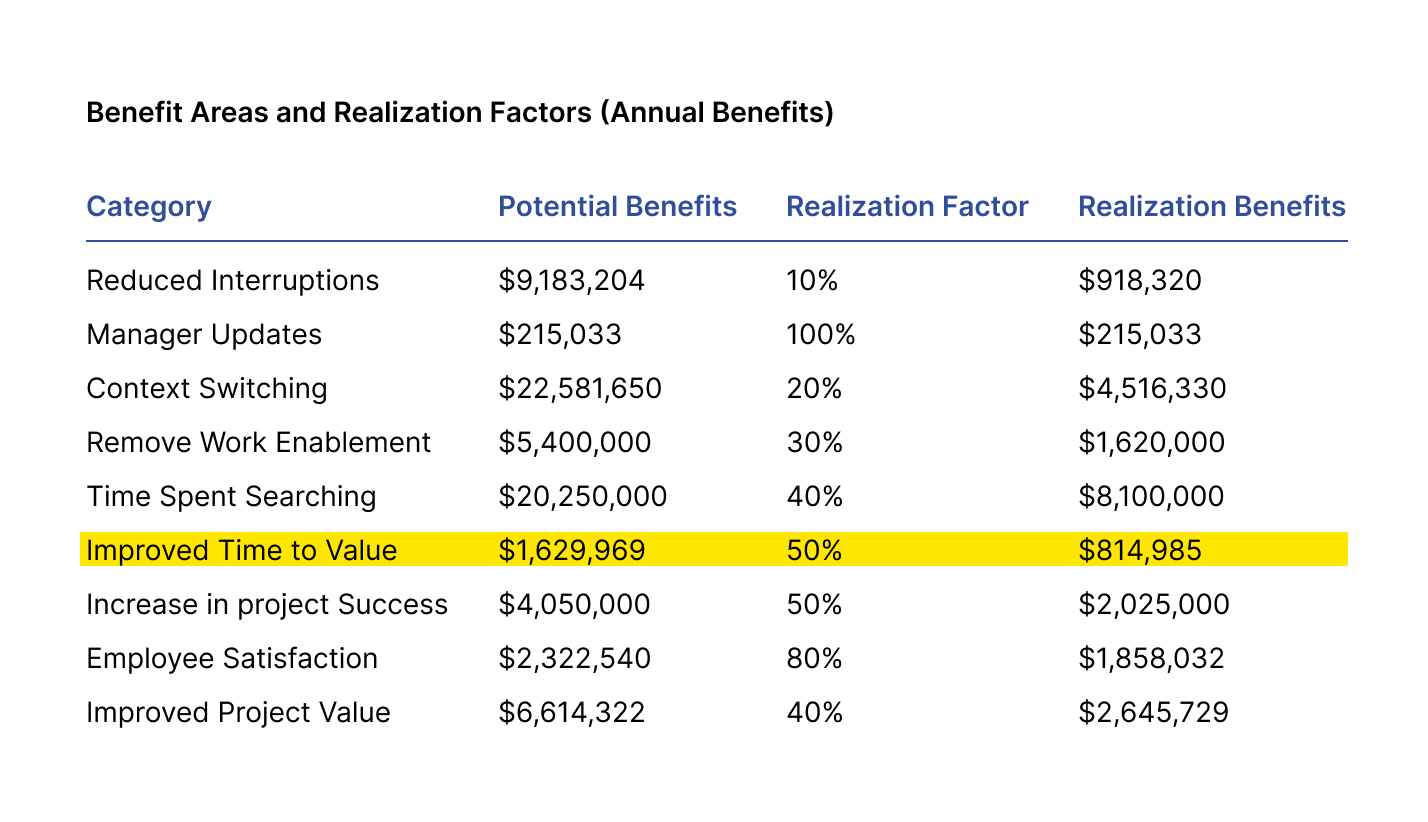The pace of the tech industry is rapid as companies are racing to launch new features and products. This increasing demand for agility has increased the need for development workflow optimization. Workflow optimization enables your team to detect redundancy and errors in the process.
Workflow optimization is the process of building efficient development workflows. The process includes streamlining tasks, reducing delays, and improving communication. With these strategies, businesses can boost the productivity of their current tech team.
Implementing workflow optimization in your software development best practices can be a hassle but the rewards are with the effort. It is advisable for every tech business owner to automate and optimize their workflows. The strategy you will need in the process is discussed further, so let’s move ahead.
Understanding the Development Workflow
Before starting with workflow optimization you first need to understand the meaning of development workflow. The software development workflow is a series of steps that a project follows from start to finish. It includes planning, coding, testing, deployment, and maintenance and each of these steps is crucial for the success of the project.
According to a report by McKinsey, companies that optimize their workflows can see a productivity increase of up to 25% in their development teams. Development workflows play an essential role in project development and delivery.
 Without standard processes, your team can get stuck in the development loopholes which will impact your project delivery timelines. Not only this but your team will also have to go through redundant processes that will affect your team’s productivity ultimately preventing faster time to market for your business.
Without standard processes, your team can get stuck in the development loopholes which will impact your project delivery timelines. Not only this but your team will also have to go through redundant processes that will affect your team’s productivity ultimately preventing faster time to market for your business.
Identifying Bottlenecks in the Workflow
If your team is still following the traditional development process then there is a high chance that there are many operations that are hampering productivity. Before development workflow optimization, it is important for your team to introspect and discover the major bottlenecks in your workflow.
- Slow collection of requirements can halt the entire software development workflow.
- Long review times can cause backlogs.
- Lengthy testing can delay releases and automation is required to tackle this.
- Miscommunication can lead to mistakes and delays
- Manual tasks can be time-consuming.
Strategies for Workflow Optimization
It is important to create an effective strategy according to your business needs. Start with introspecting the needs of your project and then create a master workflow optimization plan with code quality tools for your tech. This requires professional and technical knowledge that can help you to streamline your processes and set standard workflows. To help you out with the strategies, here are some things to consider.
1. Adopting Agile Methodologies
Agile methodologies are well known for their adaptability and flexibility and they are perfect for software development workflow optimization. Projects can be divided into smaller and more manageable tasks so that teams can swiftly iterate and adapt to these changes. Project management tools for developers can also help you to keep a live track of the updates of project completion.
2. Implementing Scrum or Kanban
Now how can you adopt agile methodologies? Scrum and Kanban are popular Agile frameworks that offer different approaches to workflow optimization. Scrum emphasizes fixed-length iterations (sprints) and regular review meetings. Kanban focuses on continuous flow and visual task management. So you have to choose the right framework depending on team dynamics and project requirements.
3. Effective Project Management Tools
Everyone uses a project management tool but the right one can actually impact your productivity by reducing manual operations and errors. Utilizing project management tools like Jira, Trello, or Asana can greatly enhance workflow optimization. These tools provide visibility into tasks, deadlines, and dependencies which introduces better collaboration and coordination among team members.
4. Automation in Development
Automation plays a crucial role in workflow optimization by reducing manual effort and accelerating processes. Implementing Continuous Integration/Continuous Deployment (CI/CD) pipelines automated code testing, integration, and deployment.
5. Code Quality and Review Processes
By implementing strong code quality tools and review procedures, mistakes are identified early and corrected quickly. This reduces rework and development cycle delays. Code quality checks can be automated by programs like SonarQube which offers insightful data visualization for automated code testing.
6. Collaboration and Communication
Using communication platforms such as Microsoft Teams or Slack allows team members to collaborate and share knowledge in real-time. The foundations of workflow optimization are effective communication and teamwork. Thus, transparency and alignment need to be improved by having regular team meetings and clear documentation.
Ensuring Timely Delivery
The ultimate goal of workflow automation is on-time project delivery or product launch. A survey by Atlassian found that teams that adopt workflow optimization report a 50% reduction in time to market compared to those using traditional methods.

To ensure timely delivery, it is important to set some standard practices as advised below,
- Set Realistic Deadlines
Setting realistic deadlines is essential for effective workflow optimization. Overly ambitious deadlines can lead to burnout and compromised quality. Whereas overlying lenient deadlines can result in procrastination and delays. Thus it is important to set achievable deadlines. For that, you can utilize techniques like PERT or Monte Carlo simulations which can help in accurately estimating project timelines.
- Monitoring Progress
You should regularly monitor the team’s progress to keep them on track with project timelines. You can set KPIs on dashboards which will provide visibility into project status and help in tracking progress effectively. Conducting daily stand-up meetings and sprint reviews also allows teams to identify and address any issues or bottlenecks promptly.
- Risk Management
Conducting risk assessments and building contingency plans allows teams to handle possible roadblocks ahead of time and reduce their influence on project deadlines. By prioritizing risk management in software development, teams can maintain project momentum and deliver outcomes on time.
Conclusion
Development workflows are essential to keep your development team productive and effective. By standardizing processes within you workflows can ensure optimum growth and faster time to market. Not only this but the quality of code is also enhanced which ultimately affects customer satisfaction and brand image.
Standard processes reduce unnecessary dependencies which helps you to fully utilize the team’s time for extra work. This helps businesses to get the most out of their tech team by development workflow optimization. Businesses need to adopt these optimizations to stay ahead in the competitive market.








































